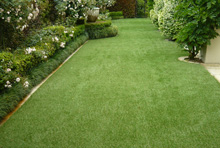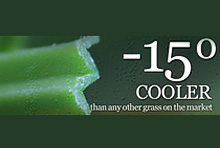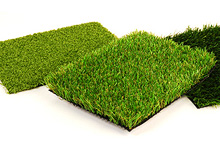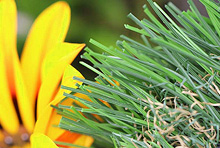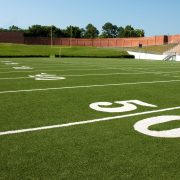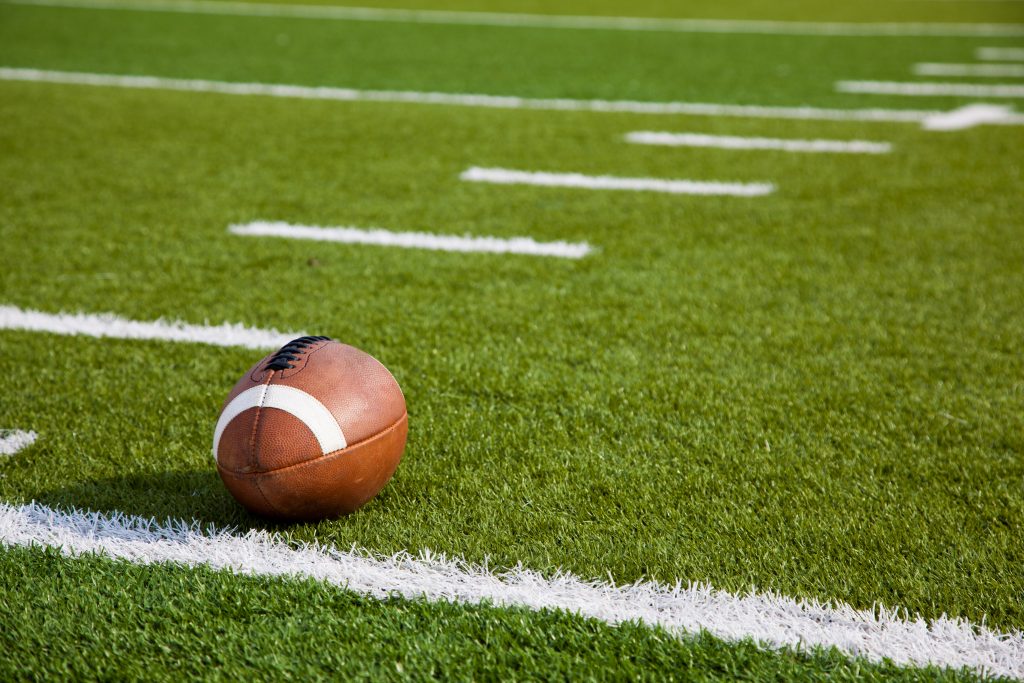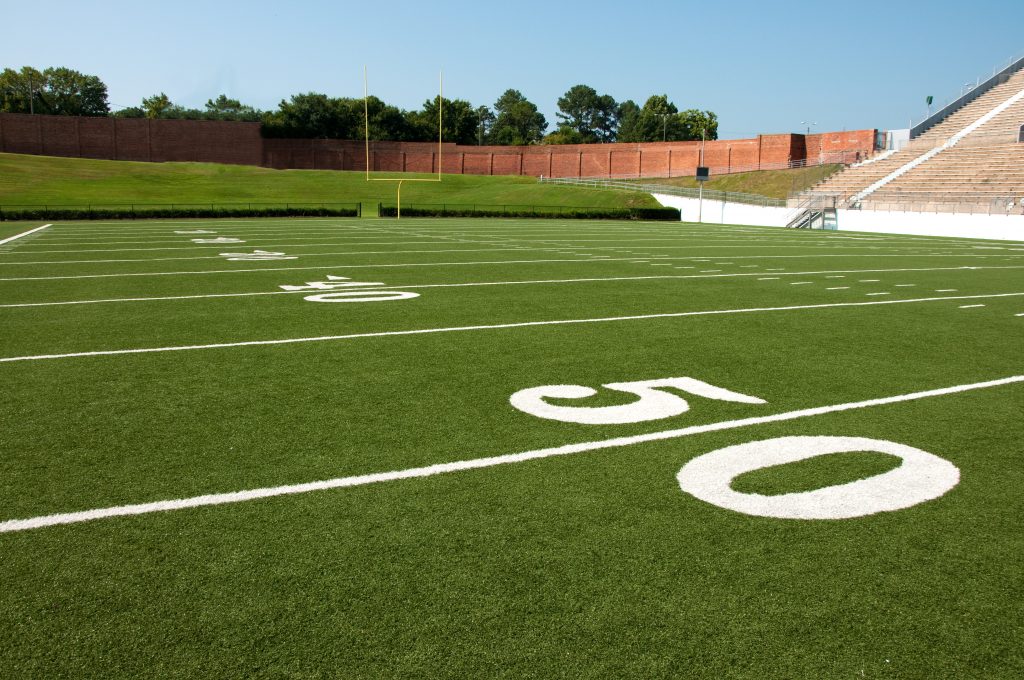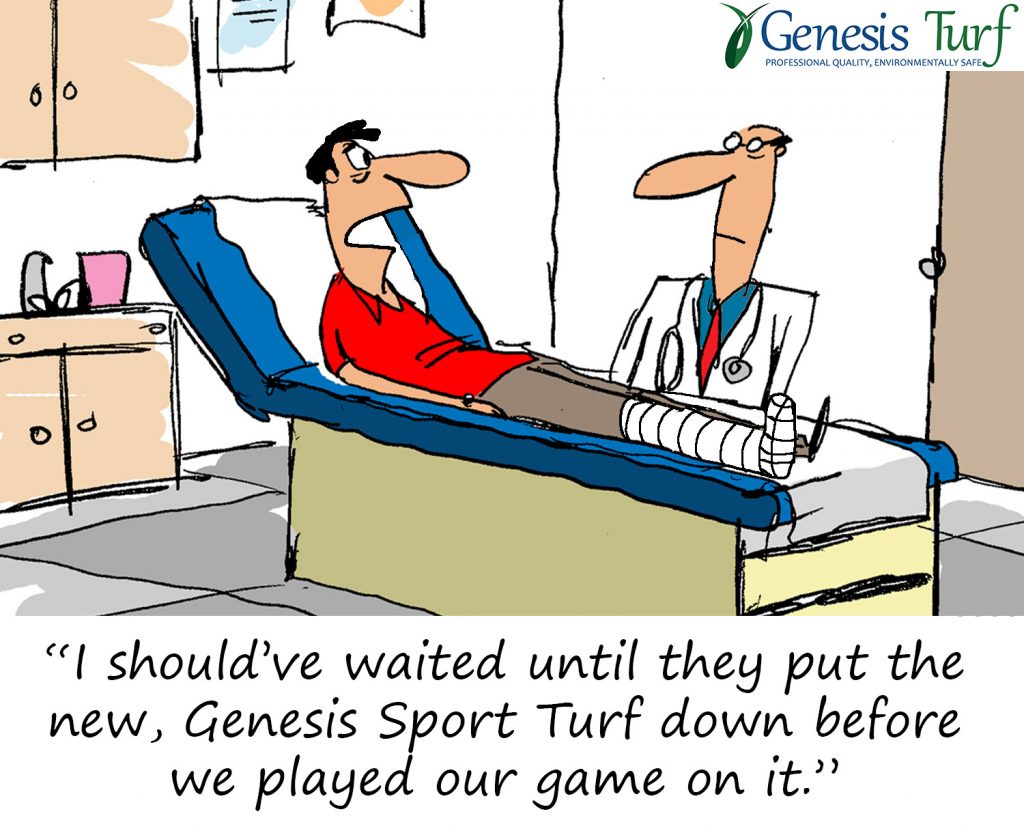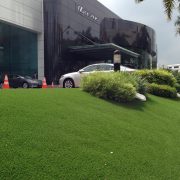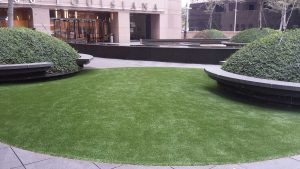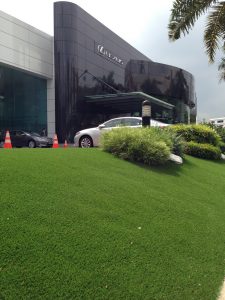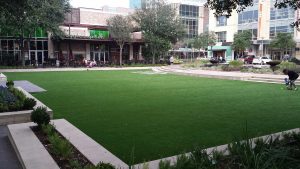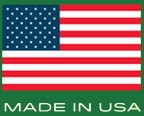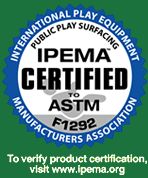What Is the Difference Between AstroTurf and Artificial Grass?
What Is the Difference Between AstroTurf and Artificial Grass?
When most people hear the word AstroTurf, they immediately think of it as a term synonymous with residential artificial grass. However, AstroTurf isn’t actually a name given to artificial grass; it is a brand name for a blend of artificial sports turf created in the 1960s. Much like how Kleenex has become synonymous with tissue, or how Band-Aid has become a term for any kind of bandage, AstroTurf has become a “catch-all” name. So, if AstroTurf isn’t just another word for artificial grass, then what is it?
The History of AstroTurf
AstroTurf was originally sold under the name ChemGrass. ChemGrass was originally used in the Houston Astrodome, where it gained much of its fame. Soon after, an employee of
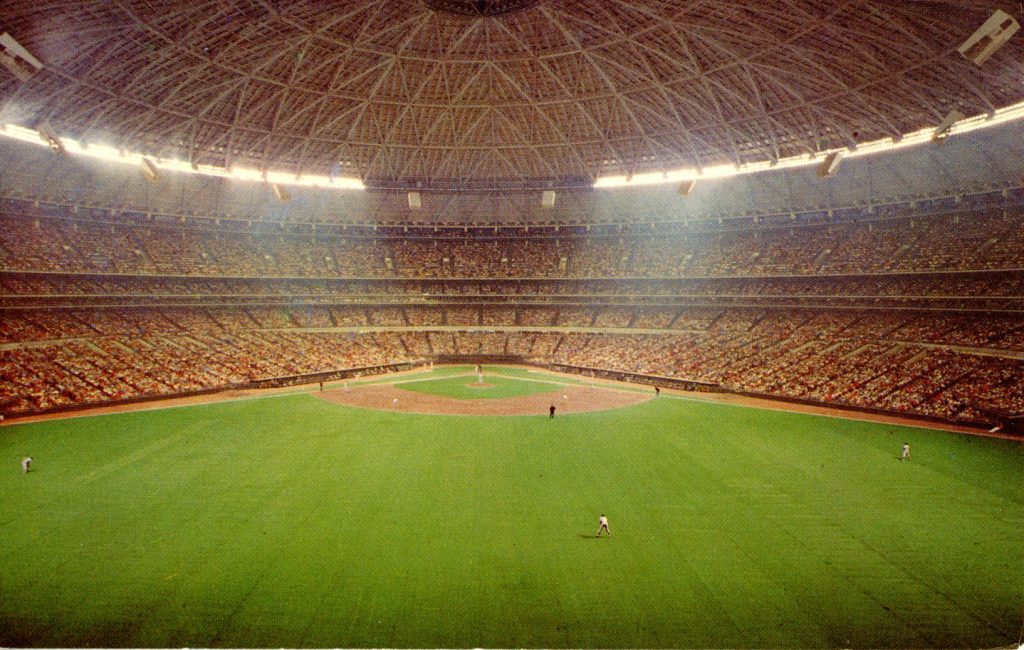
Old AstroTurf in the Astro Dome
ChemGrass coined the name AstroTurf as a nickname for the Astrodome’s synthetic field, and the name has since stuck. Soon after its inception, AstroTurf was a hit and was installed in many professional sports stadiums throughout the country.
In 1970, AstroTurf was used for the first time in a world series when the Reds played the Baltimore Orioles. The Buffalo Bills and Kansas City Chiefs soon followed suit at Rich Stadium and Arrowhead Stadium, respectively. As time went on, more and more teams began to adopt Astroturf in their home fields. However, concerns about player maneuverability and traction soon crept into the forefront, leading AstroTurf to employ a crimped texture to its original material, a concept researched in conjunction with the company Monsanto.
AstroTurf and its partners enjoyed much success until the end of the century when more and more competitors began to emerge into the artificial turf scene. Soon, the original company was forced to declare bankruptcy. Eventually, the brand name was acquired by Textile Management Associates where it is marketed to this day, though with much different technology than was used in the original AstroTurf.
How Artificial Grass Has Changed
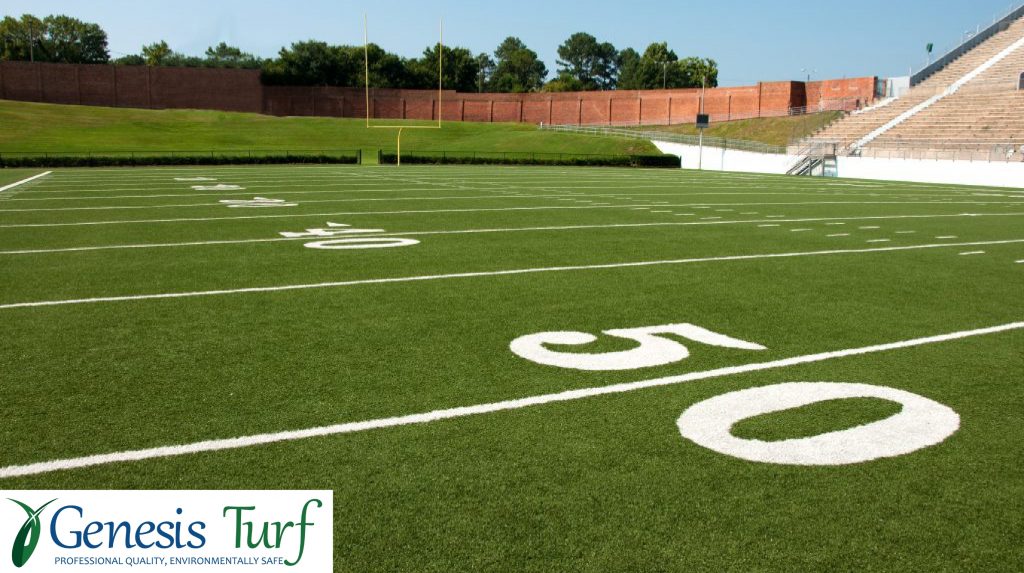
Newer Artificial Sports Turf Systems Can Last Over a Decade!
When today’s artificial grass or sports turf is mentioned, it is often referred to as AstroTurf, which
many athletes associate with the original rough, harsh, and difficult to navigate turf. This outdated technology has given artificial turf a bad name in the sports world; however, so much has changed since the days of AstroTurf. Technological advances have helped make artificial sports turf easy to switch directions on, cushioned to absorb impacts, and more durable than ever before. Let’s take a look at how artificial sports turf can provide you with a home field advantage.
How Technology Has Played a Role
Unlike the AstroTurf of old, today’s artificial grass is made of reinforced synthetic fibers that are virtually identical to traditional grass. Modern research has developed fibers that add flexibility, comfort, and strength underfoot. Where old AstroTurf would fail under consistent use, modern turf has strong infill that stands the test of time while still providing tremendous cushioning.
Modern artificial grass has more than one layer of padding which helps to absorb impact, whereas the original AstroTurf has been compared to a rough dirt surface. Artificial grass also has the benefit of being installed with computer-aided-drafting. This ensures that the grass is installed perfectly level and avoids any unwanted bumps or uneven surfaces.
Today’s artificial turf is also engineered for maximum drainage to avoid a muddy, puddled-filled surface. The system in place is designed to let water percolate and flow directly to the base layer and into the soil. The artificial grass is also perforated with holes that drain much better than the AstroTurf of old, and even better than natural grass.
What Modern Artificial Grass Can Do For You
Keeps Players Safe
The soft, smooth, synthetic blades that makeup today’s artificial turf act as a buffer between players and the harsh ground, adding a layer of protection which is incredibly useful in a high-impact game like
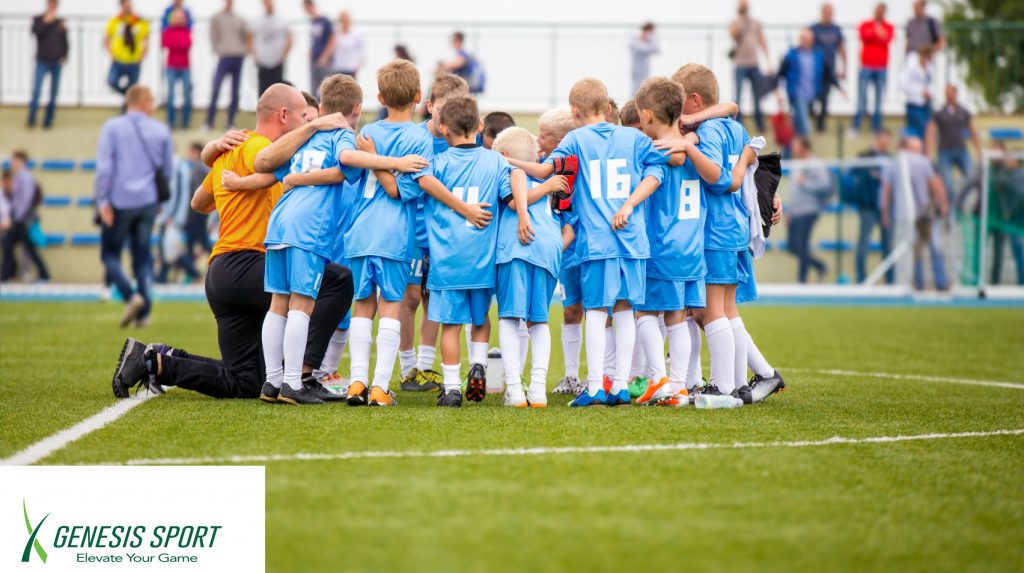
New Artificial Sports Turf System Have Been Proven Safer Than Natural Grass!
football, or a game with frequent diving like soccer or baseball.
Unlike a traditional grass surface, which wears throughout the game, durable artificial sports turf won’t develop any ruts or divots that can trip players, causing injury. You won’t need to stop your game mid-way through to make any repairs. Plus, synthetic turf offers incredible drainage, so you’ll never get stuck trying to trudge through a mud-filled mess if it rains before or during your game. Artificial turf stands up against any weather conditions and playing conditions to keep your players on solid footing.
Reduces Costs While Virtually Eliminating Maintenance
While artificial sports turf is an investment for the future that pays off for years to come, the benefits start immediately. Anyone who owns a large field knows just how much maintenance is required to keep it in pristine or even manageable condition, but with sports turf, you’ll no longer have to stress yourself with maintenance.
Maybe you spend, on average, an hour or two a week using a lawn mower or riding mower, raking leaves, spraying for weeds, and odd maintenance jobs on your field. If you’re lucky enough to only have to maintain your field during the spring and summer, that’s 52 hours a year, or over two days! Want that time back? Install artificial turf. You can lock up the weed-whacker and lawn mower in the shed, permanently.
Alternatively, if you pay or plan to pay a maintenance team to keep your field in tip-top shape, you can keep that money in your bank account. The maintenance needed for a synthetic field is minimal—you can periodically blow off debris with a leaf blower. Plus, maintaining a field takes both time and resources. Synthetic sports turf is already paying for itself before you take into account money saved on fuel, oil, equipment and other upkeep costs.
Provides a Beautiful, Professional Looking Field
When you look at professional sports stadiums on TV and see those gorgeous green fields and crisp
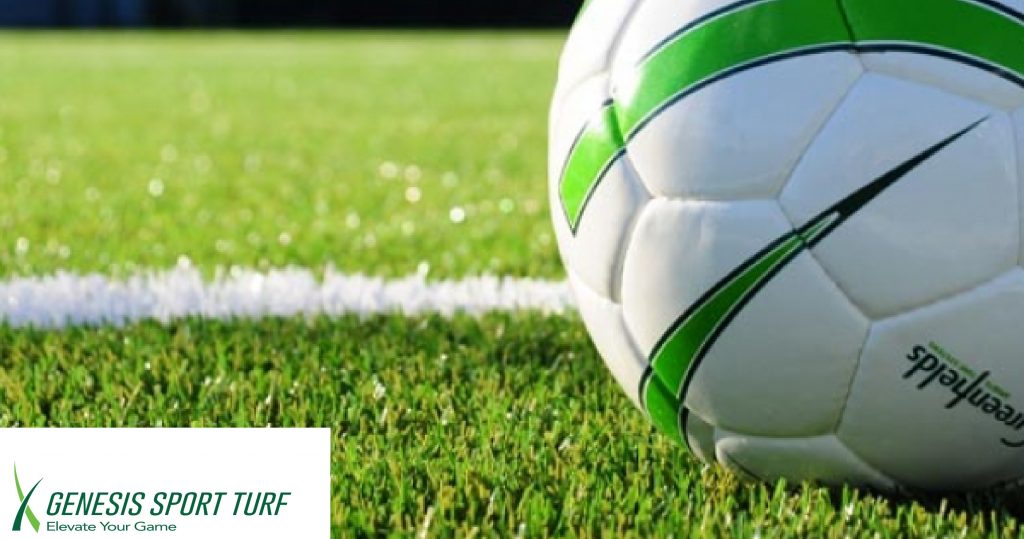
New Artificial Sports Turf Fields Are Low Maintenance & Far More Reliable Than Natural Grass!
white lines, you probably think that’s unattainable for a high school field or even for your yard or commercial business, but that’s far from true.
Today’s artificial turf is made of strong, durable synthetic fibers that look and feel just like the real thing. Unlike traditional grass, artificial turf contains reinforced blades and sturdy infill that will never break down or degrade. In fact, modern sports turf can last as long as 20 years with minimal maintenance. You don’t want fans, players, or customers to judge a book by its cover, but if you have a shoddy landscape, potential customers or prospects will be more likely to just keep on walking. A professional field tells players and fans that you mean business. You want fans and their families to have a great experience, and artificial turf provides just that.
Creates a Positive Impact on the Game
Whether you’re playing baseball, football, soccer, field hockey, or any other sport, you want your field to have a real advantage over the competition. Many of these sports require sharp pivots, quick changes of direction, dives, jump, and sprints, and artificial turf allows for marvelous maneuvering. You want your players to feel confident in making athletic moves, and you want them protected when they do, so you choose artificial sports turf over unforgiving, slippery, quick to degrade grass.
More so, artificial turf provides a consistent bounce, allowing soccer or baseball players to judge the trajectory of a ball and not worry about it hitting a divot and careening in another direction. This gives them the confidence to make the plays they need to, when they need to, resulting in an overall better team and a better product on the field. Plus, your players will feel safer making those plays because of artificial turf’s ability to absorb shock, decrease impacts, and minimize injuries.
Have you ever been onto a baseball or football field after a rainstorm? It can be almost impossible to play on. Luckily, one of biggest impacts artificial grass provides on any outdoor game is its ability to avoid pooling water and mud. The polyethylene blades allow rain water to run quickly through the grass and into the soil below. You won’t have to worry about players getting stuck in the mud and creating a subpar product on the field, and you will have to worry even less about rain delays.
Saves the Environment, Saves Money
When it comes time to make the switch to artificial sports turf, the environment is probably the last thing on your mind, but it may just be the biggest area of impact. By using sports turf instead of grass,
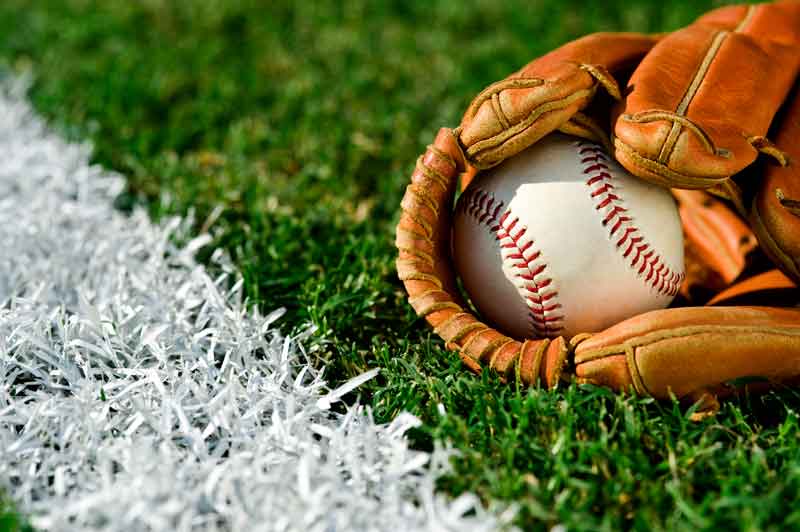
Artificial Sports Turf Is 100% Recyclable & Safe For The Environment!
you’ll eliminate the need for lugging out a sprinkler system during the dry season. You don’t need water to keep your turf a rich green all year-round, so you’ll save on water and substantially decrease your water bill each month. Plus, many municipalities provide tax relief for companies who make investments toward water conservation, so artificial grass can provide you valuable credits and write-offs.
You’ll also say goodbye to any dangerous chemical weed killers that you’ve used in the past, since your artificial grass will keep out any unwanted growth while keeping kids, players, and maintenance technicians safe from harm.
Have questions on how artificial sports turf can benefit your school, park, facility or sports program? Give Genesis Turf a call today at 855-887-3435 and allow us to work with you in providing a state of the art field for your players and spectators. Genesis Turf has been an industry trusted Artificial Turf Supplier since 2006.

